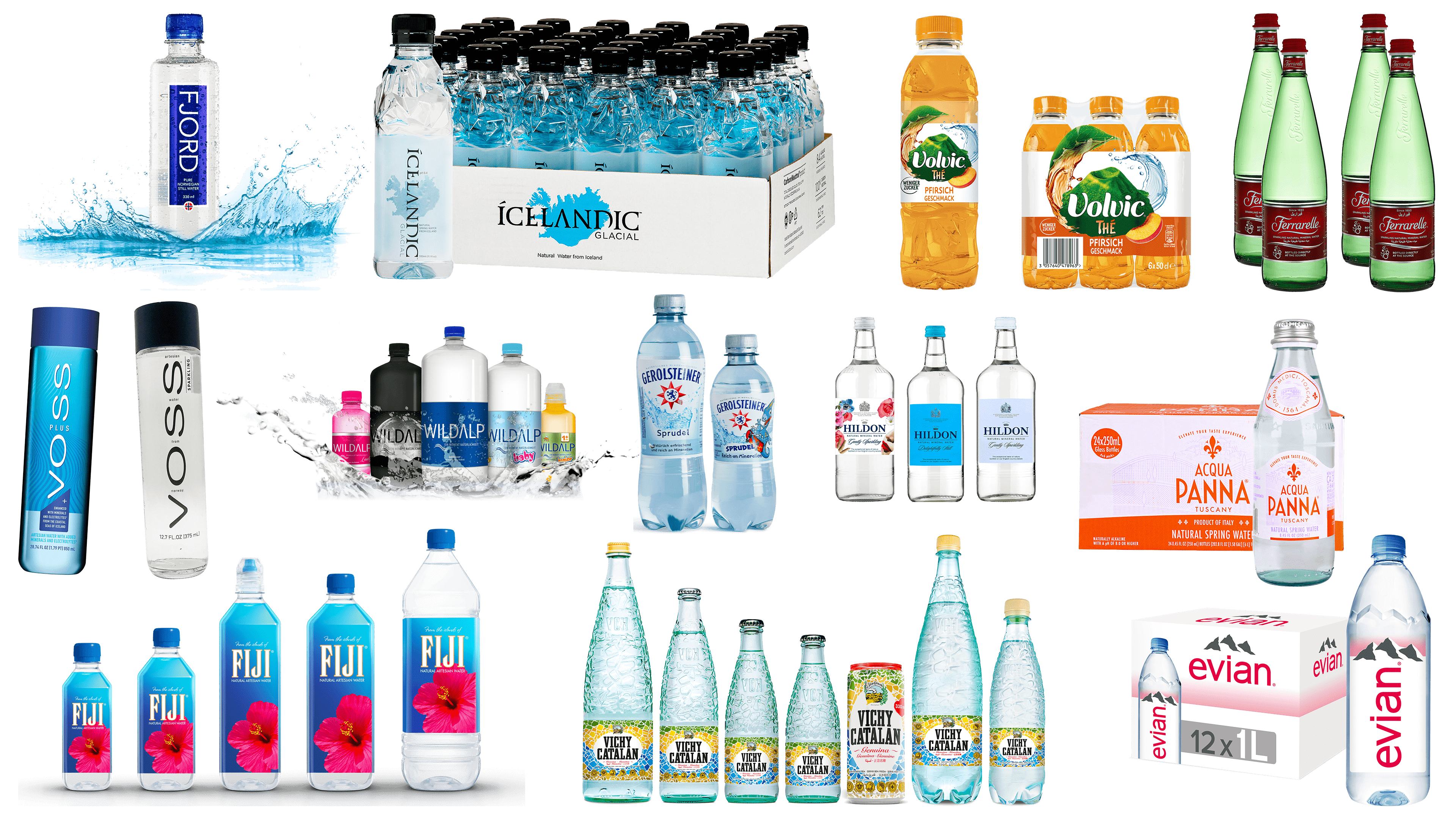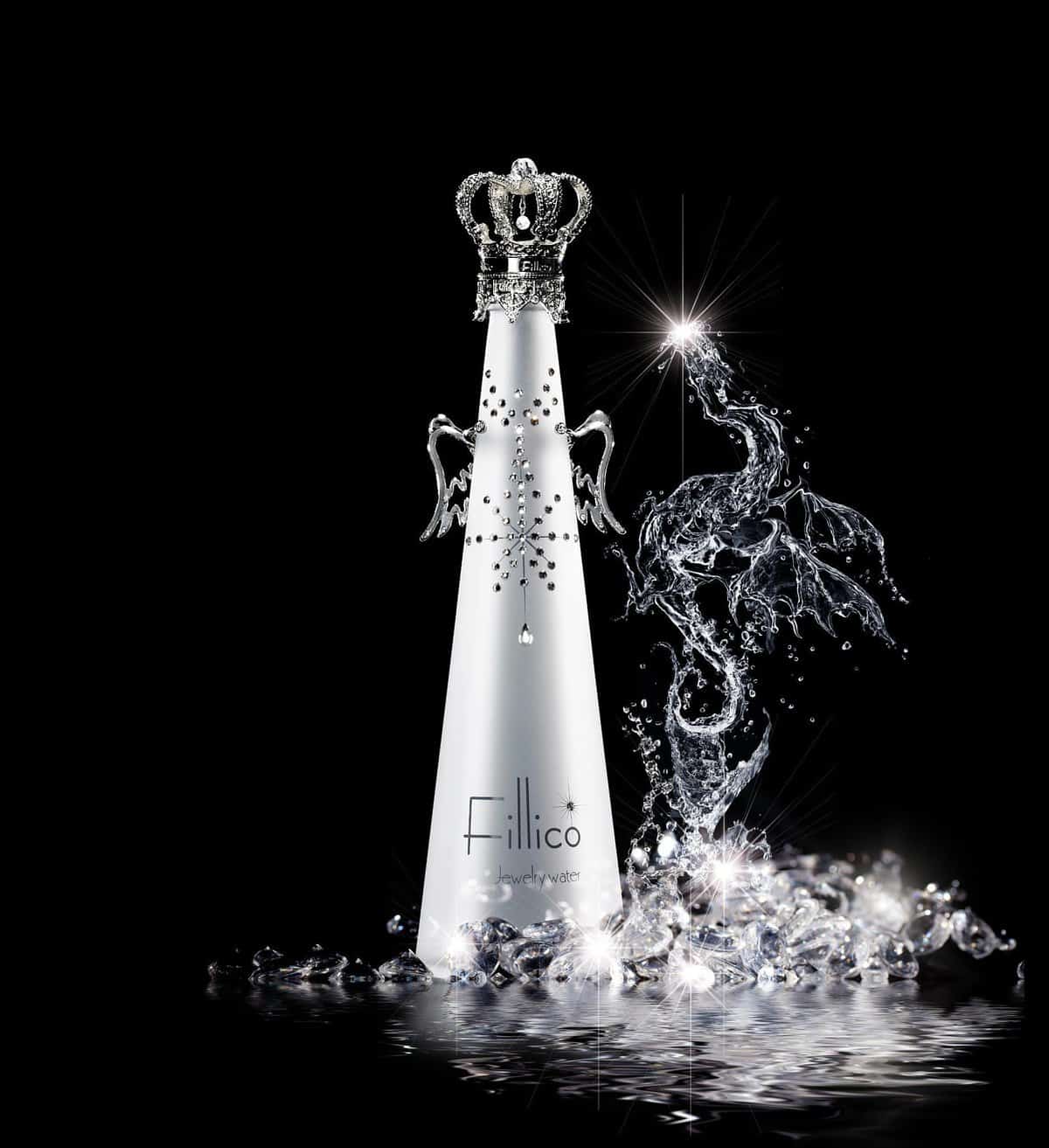From pristine natural springs to meticulously crafted bottles adorned with precious materials, this water represents the pinnacle of exclusivity. But what exactly makes water so expensive? Is it the source, the packaging, or the story behind it? Dive into this article to uncover the fascinating world of premium hydration and discover how something as simple as water can transform into a symbol of opulence. The allure of the world’s most expensive water lies not just in its taste but in the craftsmanship and exclusivity that accompany it. Whether it’s harvested from remote glaciers, infused with rare minerals, or presented in bottles designed by world-renowned artists, these waters are crafted for those who seek the extraordinary. Beyond the price tag, they offer a glimpse into a lifestyle where even the most basic necessity is elevated to an art form. In this article, we’ll explore the origins, the science, and the cultural significance of these luxury waters, answering questions like: What makes water expensive? Why do people spend thousands on a single bottle? And where can you find the world’s most expensive water? As we journey through the intricacies of this luxurious commodity, you’ll gain insights into the brands that dominate this niche market, the environmental impact of such extravagance, and the future of premium water. Whether you’re a curious reader, a luxury enthusiast, or simply someone intrigued by the extraordinary, this article will provide a comprehensive understanding of the world’s most expensive water. So, sit back, relax, and let’s dive into the fascinating world of opulent hydration.
Table of Contents
- What Makes Water Expensive?
- The World’s Most Expensive Water Brands
- Why Do People Spend Thousands on Water?
- The Science Behind Luxury Water
- Environmental Impact of Premium Water
- How to Identify Authentic Expensive Water?
- The Future of Luxury Water
- FAQs About Expensive Water
What Makes Water Expensive?
When we think of water, we often associate it with being a basic necessity, readily available and affordable. However, the world’s most expensive water challenges this perception by introducing elements of rarity, exclusivity, and craftsmanship. So, what exactly contributes to the hefty price tag of these luxury waters?
One of the primary factors is the source. Many of the world’s most expensive waters are sourced from remote and pristine locations, such as glaciers, volcanic springs, or deep underground aquifers. These sources are often difficult to access, requiring significant effort and resources to extract the water. For instance, some brands harvest their water from glaciers in the Arctic or Antarctic, where the purity of the water is unmatched. The exclusivity of the source adds a layer of desirability, as consumers are willing to pay a premium for something that feels untouched and pure.
Read also:Exploring The Iconic Career And Life Of Tommy Lee Jones A Hollywood Legend
Beyond the source, the packaging plays a crucial role. Luxury water brands often collaborate with renowned designers, artists, and jewelers to create bottles that are as much a work of art as the water itself. These bottles may be adorned with Swarovski crystals, gold plating, or even diamonds, making them collector’s items. For example, the world’s most expensive water, Bling H2O, is known for its diamond-encrusted bottles, which elevate it to the status of a luxury accessory. This combination of rarity, craftsmanship, and branding transforms water into a symbol of wealth and sophistication.
The World’s Most Expensive Water Brands
The world’s most expensive water market is dominated by a handful of brands that have mastered the art of exclusivity. These brands not only focus on the quality of the water but also on creating an experience that justifies the price tag. Let’s explore some of the most renowned names in this niche industry.
One of the most iconic brands is Acqua di Cristallo Tributo a Modigliani, which holds the Guinness World Record for being the most expensive water in the world. Priced at $60,000 per bottle, this water is sourced from natural springs in Fiji and France and is presented in a 24-karat gold bottle. The bottle itself is a tribute to the famous artist Amedeo Modigliani, adding an artistic dimension to the product. Another notable brand is Fillico, a Japanese water known for its exquisite bottles adorned with Swarovski crystals. Each bottle is handcrafted and designed to resemble a crown, symbolizing luxury and elegance.
Other brands like Kona Nigari and L’Eau de L’Espace also make waves in this market. Kona Nigari is sourced from deep-sea water off the coast of Hawaii and is rich in minerals, making it a favorite among health enthusiasts. L’Eau de L’Espace, on the other hand, is marketed as “space water,” claiming to be sourced from melted ice in Antarctica. These brands not only offer premium hydration but also create a narrative that appeals to those seeking exclusivity and sophistication.
Why Do People Spend Thousands on Water?
At first glance, spending thousands of dollars on a bottle of water might seem extravagant or even unnecessary. However, for a growing number of consumers, the world’s most expensive water represents more than just hydration—it’s a status symbol, a luxury experience, and a testament to exclusivity. But why do people invest so much in something as basic as water?
For many, the appeal lies in the exclusivity and rarity of these products. The world’s most expensive water is often sourced from locations that are difficult to access, making it a rare commodity. Consumers who purchase these waters are not just buying a product; they are buying a story, a connection to a pristine environment, and a sense of privilege. For instance, water sourced from the Arctic or Antarctic glaciers is marketed as untouched by human contamination, offering a taste of purity that is hard to replicate.
Read also:Trump Daily Schedule A Comprehensive Look At His Routine And Lifestyle
Additionally, the packaging plays a significant role in the appeal. Many luxury water brands collaborate with designers and artists to create bottles that are as much a work of art as the water itself. These bottles often become collector’s items, adding value beyond the liquid inside. For example, a bottle of Bling H2O with its diamond-encrusted design is not just water—it’s a statement piece that reflects the owner’s taste and wealth. In a world where luxury is often defined by exclusivity, these waters offer a way for consumers to distinguish themselves and indulge in a lifestyle that celebrates the extraordinary.
The Science Behind Luxury Water
While the packaging and branding of the world’s most expensive water often steal the spotlight, the science behind these waters is equally fascinating. What sets luxury water apart from regular bottled water? Is it the mineral content, the source, or something else entirely?
Mineral Content and Taste
One of the key factors that differentiate luxury water is its mineral content. The balance of minerals like calcium, magnesium, and potassium not only affects the taste but also contributes to the health benefits of the water. For example, Kona Nigari, sourced from deep-sea water, is rich in minerals that are said to promote better hydration and overall well-being. The unique mineral composition of each water source gives it a distinct taste profile, appealing to connoisseurs who appreciate the subtle differences in flavor.
Unique Sources and Purity
The source of the water plays a crucial role in its purity and exclusivity. Many luxury waters are sourced from remote and untouched environments, such as glaciers, volcanic springs, or underground aquifers. These sources are often free from contaminants and pollutants, making the water exceptionally pure. For instance, L’Eau de L’Espace claims to be sourced from melted Antarctic ice, offering a taste of water that has been untouched for thousands of years. The scientific process of extracting and bottling water from these sources ensures that the purity is preserved, adding to the allure of these luxury waters.
Environmental Impact of Premium Water
While the world’s most expensive water offers a glimpse into luxury and exclusivity, it also raises important questions about its environmental impact. The production, packaging, and transportation of these waters often involve significant resources, leading to concerns about sustainability.
For example, sourcing water from remote locations like glaciers or deep-sea environments requires extensive logistical efforts, including the use of energy-intensive extraction methods. Additionally, the elaborate packaging, often adorned with precious materials, contributes to waste and resource depletion. Brands like Bling H2O and Acqua di Cristallo have faced criticism for their environmental footprint, prompting some to question whether the luxury water industry is sustainable in the long term.
However, some brands are taking steps to address these concerns. For instance, Fillico has introduced eco-friendly packaging options, while others are investing in carbon-neutral production processes. As consumers become more environmentally conscious, the luxury water industry will need to adapt to meet these expectations and ensure that their products align with sustainable practices.
How to Identify Authentic Expensive Water?
With the growing popularity of luxury water, the market has also seen an increase in counterfeit products. So, how can you ensure that the world’s most expensive water you’re purchasing is authentic?
First, look for certifications and seals of authenticity. Reputable brands often provide detailed information about the source, production process, and packaging. For example, Acqua di Cristallo includes a certificate of authenticity with each bottle, verifying its origin and craftsmanship. Second, purchase from authorized retailers or directly from the brand’s official website to avoid counterfeit products. Finally, pay attention to the details of the packaging. Authentic luxury water bottles are meticulously crafted, with no visible flaws or inconsistencies.
The Future of Luxury Water
As the demand for premium experiences continues to grow, the future of luxury water looks promising. However, the industry will need to address challenges related to sustainability, accessibility, and innovation to remain relevant.
One emerging trend is the use of technology to enhance the luxury water experience. For example, some brands are exploring augmented reality (AR) packaging that allows consumers to learn more about the water’s source and production process through interactive features. Additionally, there is a growing focus on creating sustainable luxury, with brands investing in eco-friendly packaging and carbon-neutral production methods.
Another exciting development is the exploration of new water sources, such as space water or water harvested from extreme environments. These innovations not only push the boundaries of what’s possible but also offer consumers a taste of the extraordinary. As the industry evolves, the world’s most expensive water will continue to captivate and inspire those who seek the ultimate in luxury hydration.
FAQs About Expensive Water
What is the world’s most expensive water?
The world’s most expensive water is Acqua di Cristallo Tributo a Modigliani, priced at $60,000 per bottle. It is sourced from natural springs in Fiji and France and is presented in a 24-karat gold bottle.
Why is luxury water so expensive?
Luxury water is expensive due to its rare source, mineral content, and exquisite packaging. The exclusivity and craftsmanship involved in producing these waters justify their high price tag.
Where can I buy the world’s most expensive water?
You can purchase luxury water from authorized retailers, high-end department stores, or directly from the brand’s official website. Always verify the authenticity of the product before purchasing.
In conclusion, the world’s most expensive water is more than just a beverage—it’s a symbol of luxury, exclusivity, and innovation. Whether you’re intrigued by its rarity, captivated by its packaging, or inspired by its story, this niche market offers a fascinating glimpse into the world of opulent hydration. As the industry continues to evolve, it will

